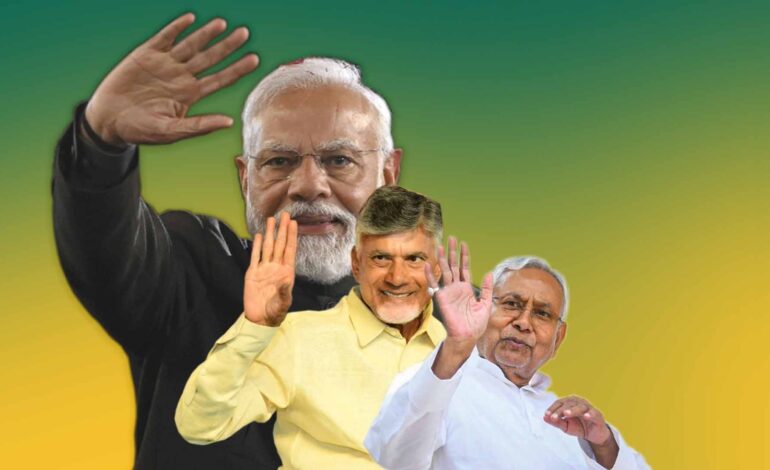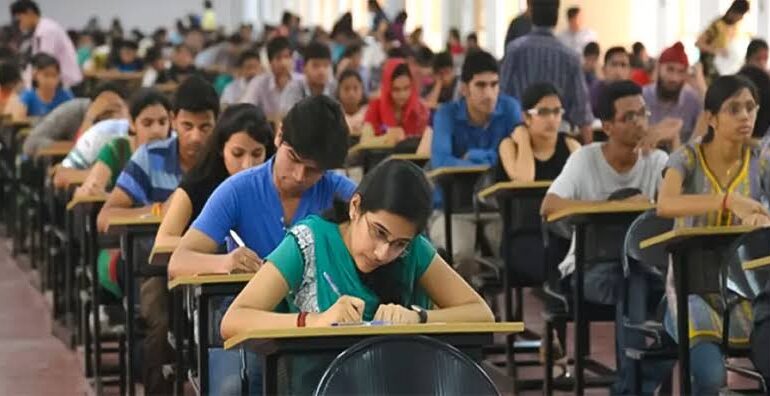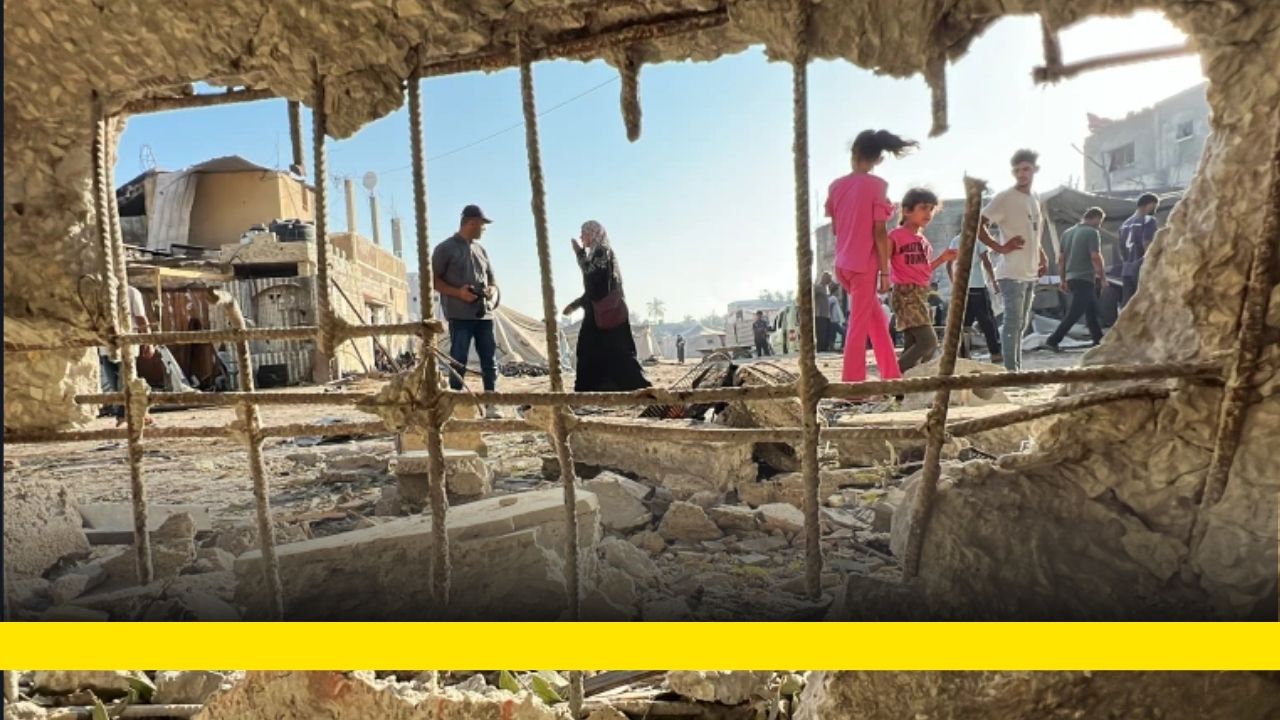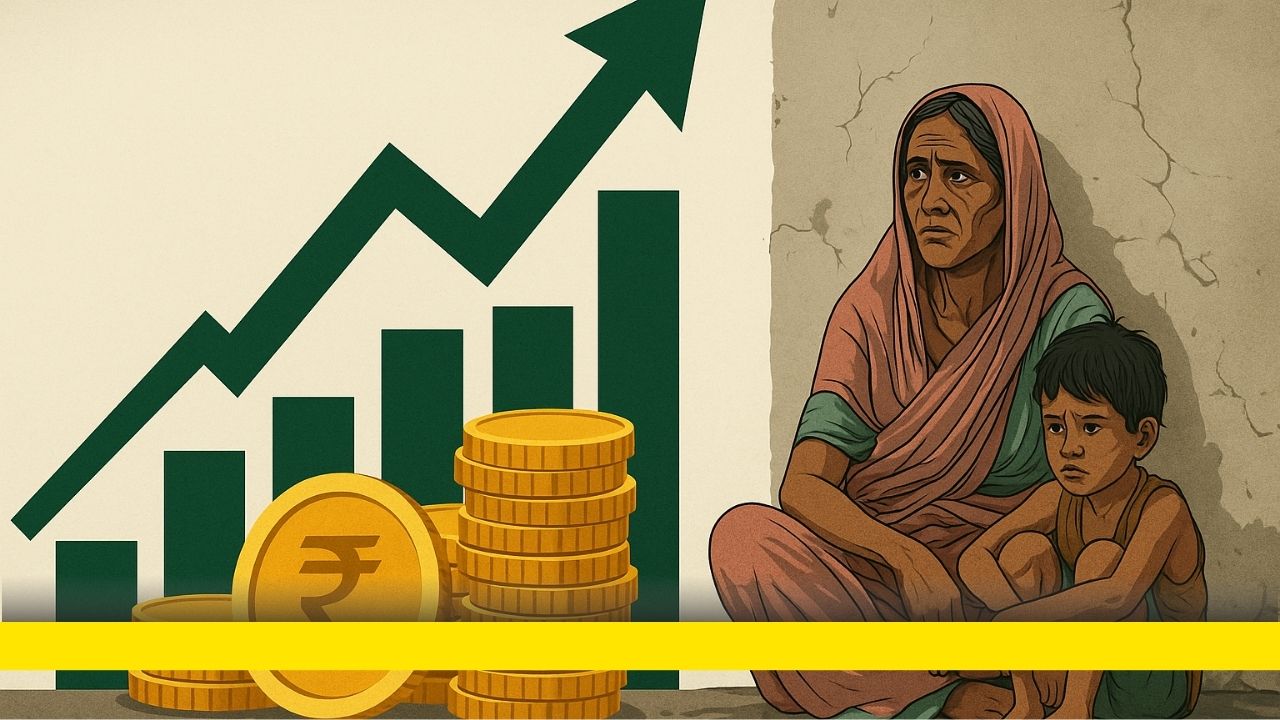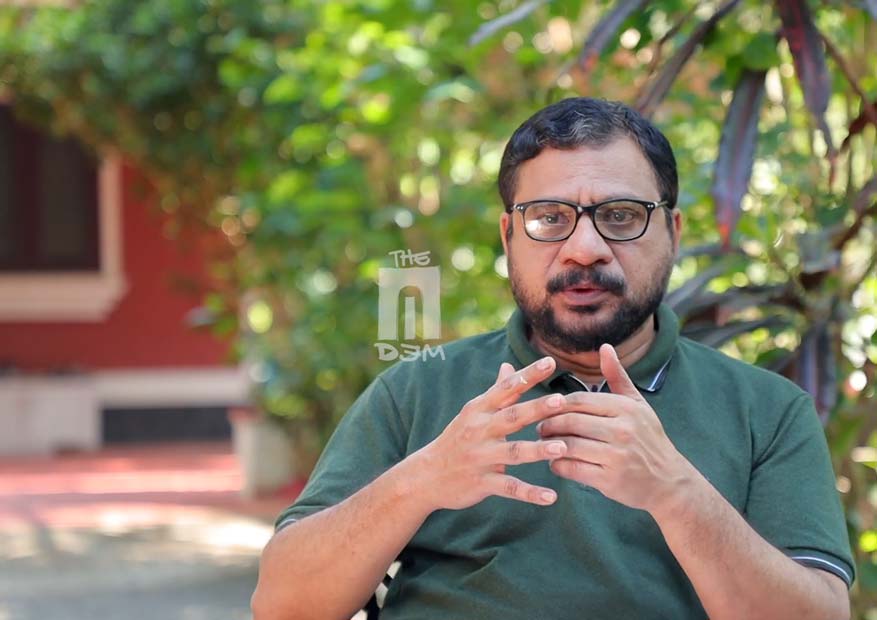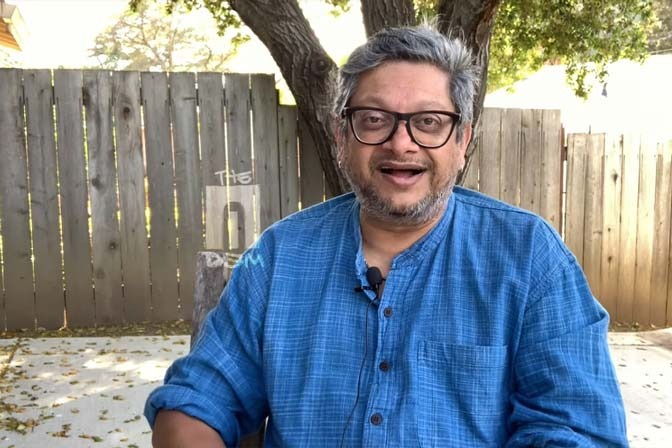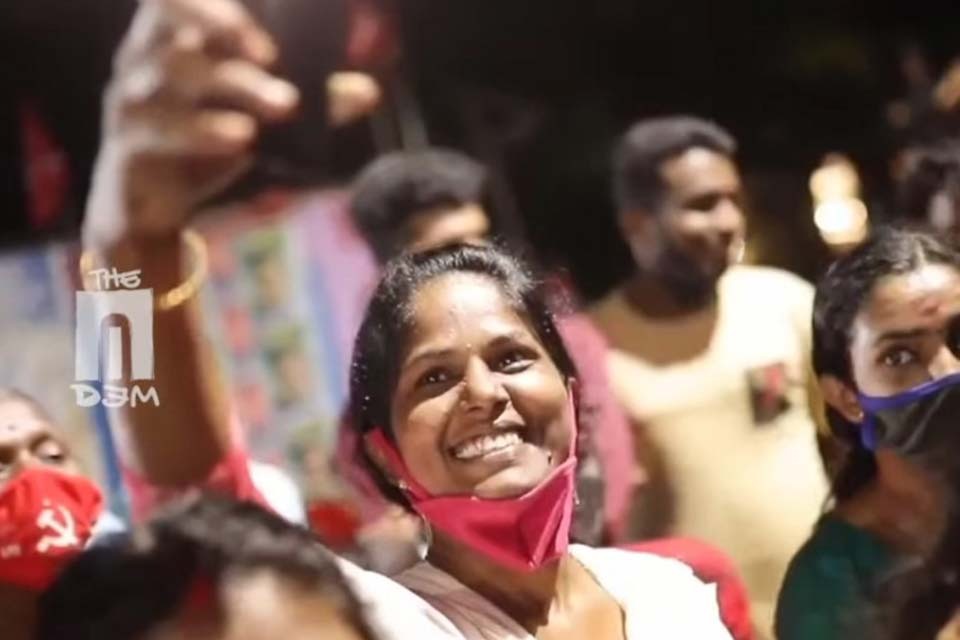
Narendra Modi’s pronouncedly feeble win from Varanasi in the 2024 Lok Sabha Elections has caused consternation among supporters and amazement in detractors. For a large number of Varanasi residents, however, the result is on expected lines.
In this article in Frontline magazine published on 30 May, two days before the 1 June voting in Varanasi, I was quoted as follows: “The fight could be a bit closer this time, but nothing that will worry the BJP.”
History of high vote margins
In the 2014 Lok Sabha elections, Narendra Modi defeated Aam Aadmi Party’s (AAP) Arvind Kejriwal by nearly 3.7 lakh votes. Samajwadi Party (SP), Congress, and Bahujan Samaj Party (BSP) had all contested separately in that election. Votes received by the AAP, Congress, and Samajwadi Party in 2014 added to nearly 3.3 lakh votes. Bahujan Samaj Party’s candidate had received around 60,000 votes. Had the opposition contested together, the winning margin at the peak of the Modi wave in Uttar Pradesh in 2014, when it alone won 71 seats in Uttar Pradesh, would have been 2.5 lakh votes.
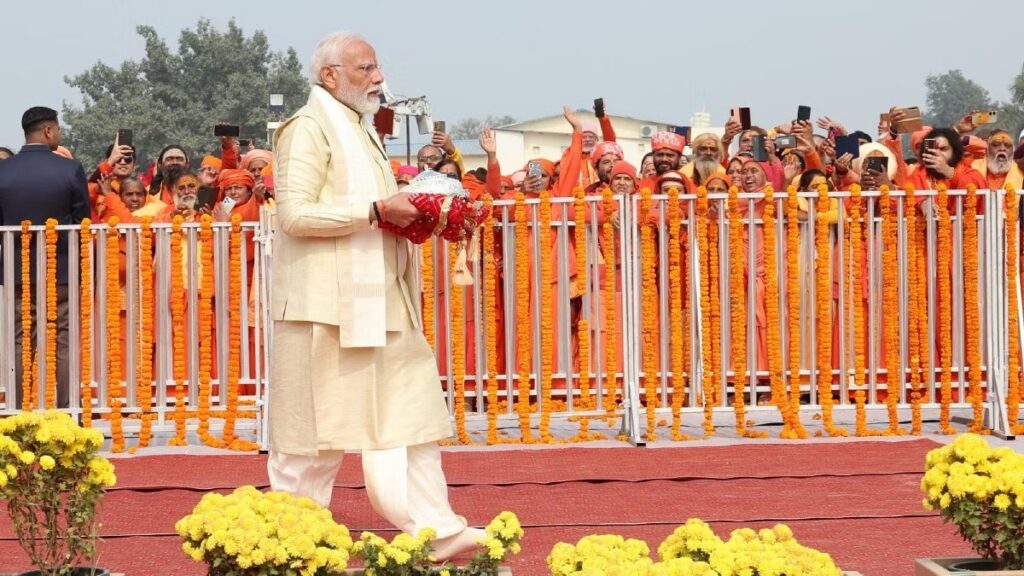
In the 2019 Lok Sabha elections, Narendra Modi defeated Shalini Yadav by nearly 4.8 lakh votes. Samajwadi Paty and Bahujan Samaj Party fought the 2019 election in alliance. Shalini Yadav, the combined candidate of the SP and BSP alliance, received around 1.9 lakh votes. Congress’s Ajay Rai got around 1.5 lakh. Opposition votes added to around 3.4 lakh votes. A combined opposition candidate would have got 3.4 lakh votes, reducing the win margin to 3.3 lakh.
Composition of the Constituency
The assembly segments of Varanasi North, Varanasi South, Varanasi Cantt, Rohaniya, and Sewapuri constitute the Varanasi Lok Sabha seat. Out of these five assembly constituencies, three constituencies, Varanasi South, Varanasi Cantt, and Varanasi North are urban parts of the Lok Sabha seat. The other two, Rohaniya and Sewapuri, are semi-urban, located at the city’s periphery. Currently, as per the last assembly election results, the BJP, in alliance with Apna Dal (Soneylal), the party’s faction led by Anupriya Patel, holds all the assembly constituencies.
2022 Assembly elections as a guide
In the assembly elections held in Uttar Pradesh in 2022, the Samajwadi Party and Congress contested separately. If you add the votes received by the Samajwadi Party and the Congress in these five assembly constituencies, the following were the results:
| Constituency | BJP | INDIA |
| Rohaniya | 118663 | 88976 |
| Sewapuri | 104913 | 85194 |
| Varanasi Cantt | 147833 | 84796 |
| Varanasi North | 133833 | 96141 |
| Varanasi South | 99622 | 91066 |
| Total | 604864 | 446173 |
The difference in total votes is 1.58 lakh votes, close to the 1.52 lakh votes difference of the 2024 Lok Sabha elections.
Diminishing returns of the temple politics
Supporters of the BJP cite the development of the Kashi Vishwanath temple corridor as the main achievement of the ten years of Narendra Modi’s reign as a local MP. Opponents cite the stunted employment avenues as a failure of his tenure. The big businesses have not come to this historic city.
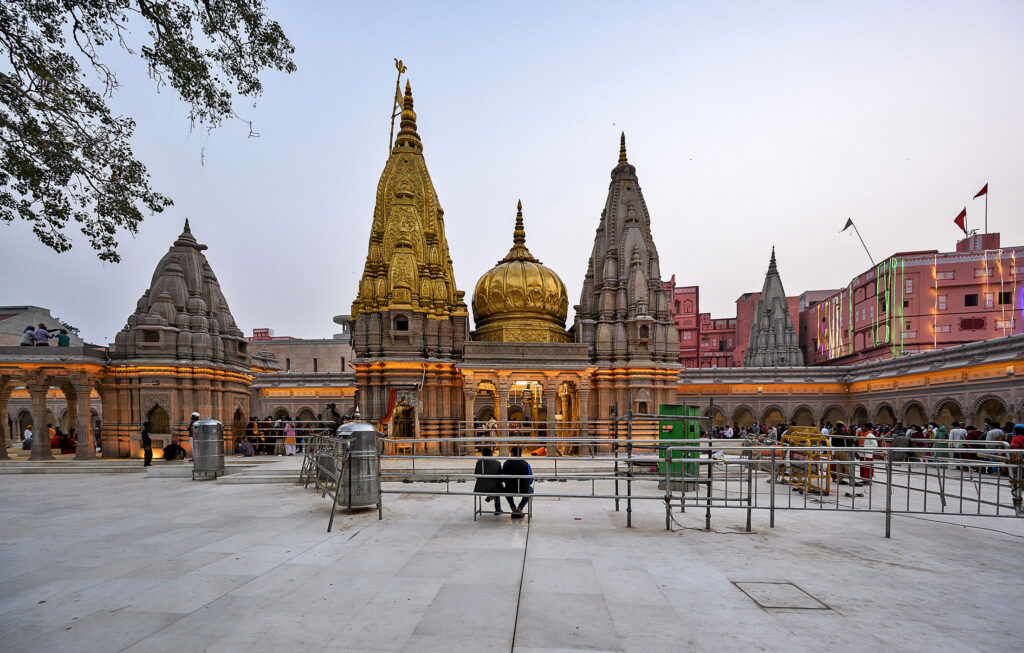
Compared to 2019, an additional 6% votes were polled in 2024, but, Narendra Modi received fewer votes in all five assembly constituencies, including in Varanasi South constituency, where the Kashi Vishwanath corridor is situated. He lost most votes in the two constituencies at the city’s periphery.
| Constituency | 2019 | 2024 | % reduction |
| Rohaniya | 145379 | 127508 | 12.3 |
| Sewapuri | 128000 | 108890 | 14.9 |
| Varanasi Cantt | 155813 | 145922 | 6.3 |
| Varanasi North | 139279 | 131241 | 5.8 |
| Varanasi South | 104982 | 97878 | 6.8 |
Despite ten years of tenure as the country’s Prime Minister, the local MP has lost more voters than he has added. If votes tell any story, it is indeed that of a striking loss of people’s love for Modi during his ten-year reign. It is a loss of love that found articulation among the common people repeatedly throughout the campaign. Indeed, the BJP has a powerful organizational machinery and dedicated cadre in Varanasi and they did concentrate on building a larger-than-life image of the Prime Minister. However, the voting story shows that such a concerted campaign failed to produce the desired result as conceptualized in the “ab ki baar, dus lakh paar” (This time, Ten Lakh Majority) slogan.


